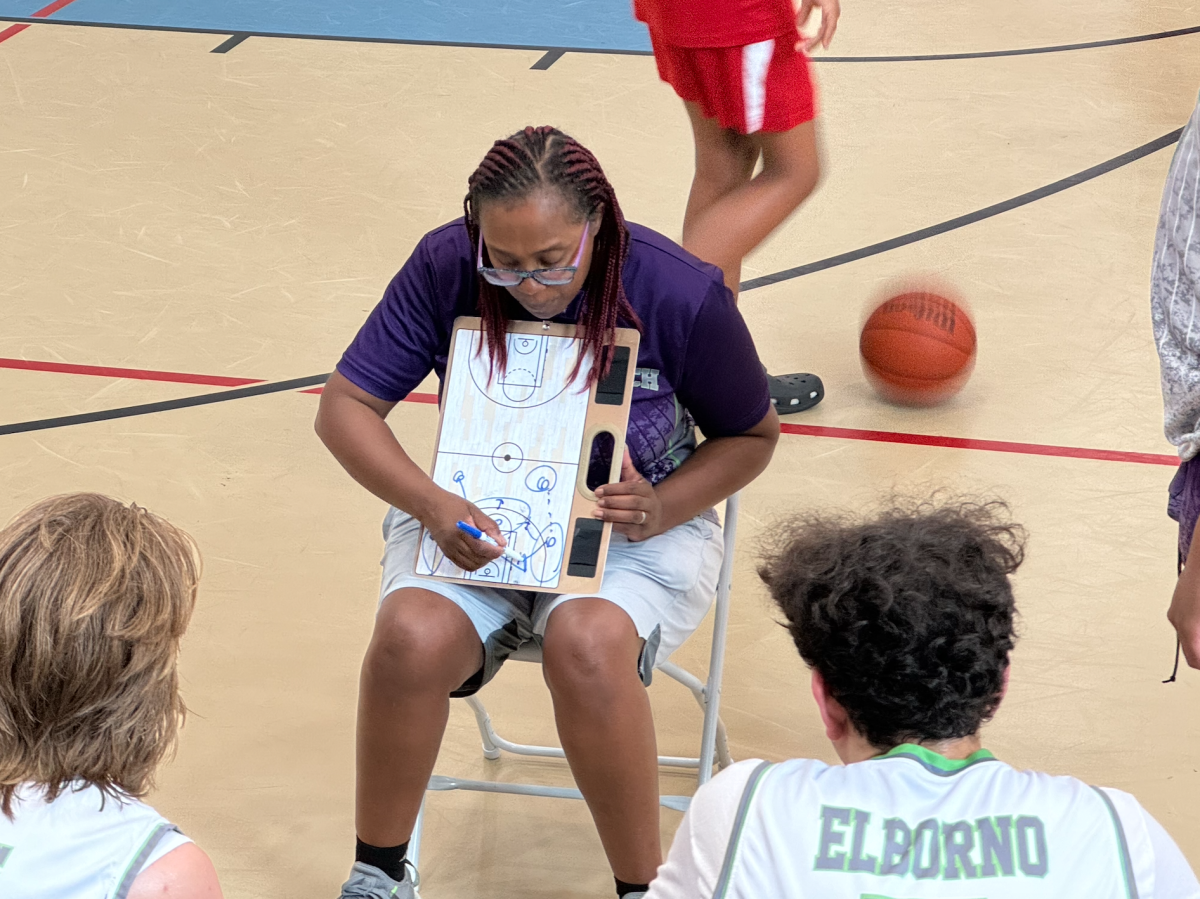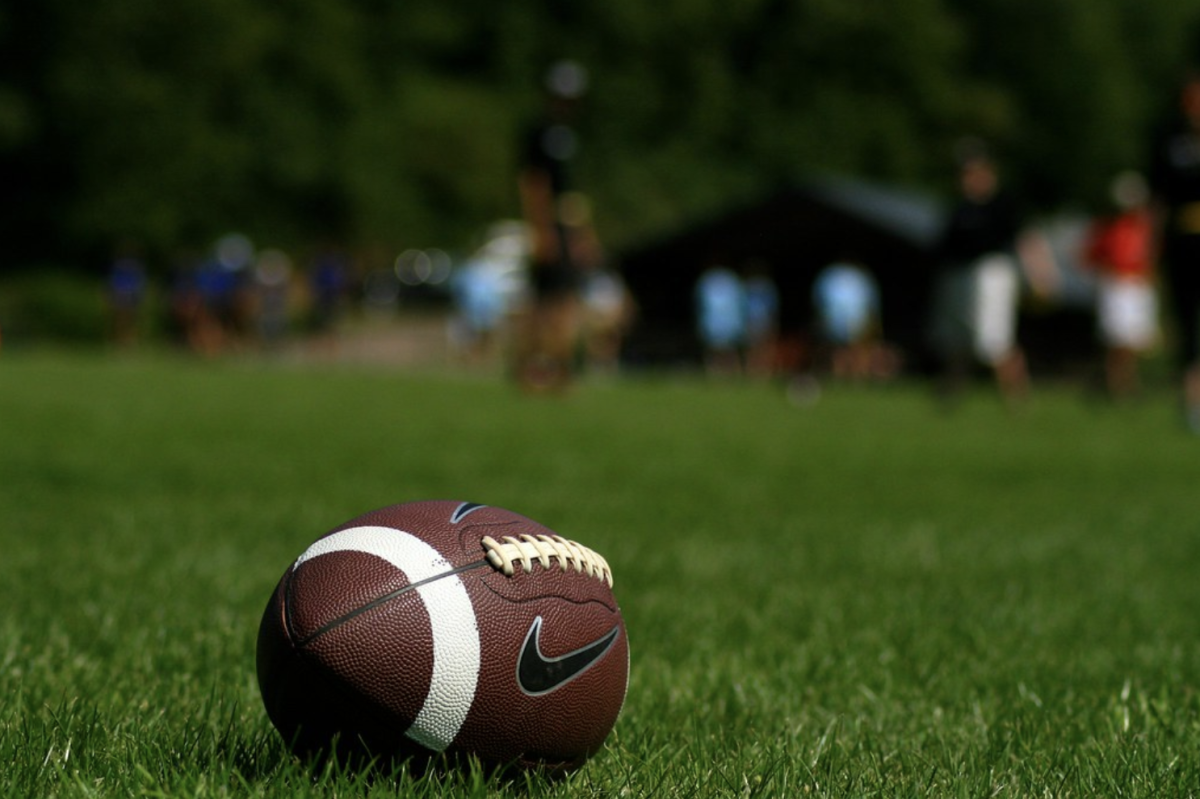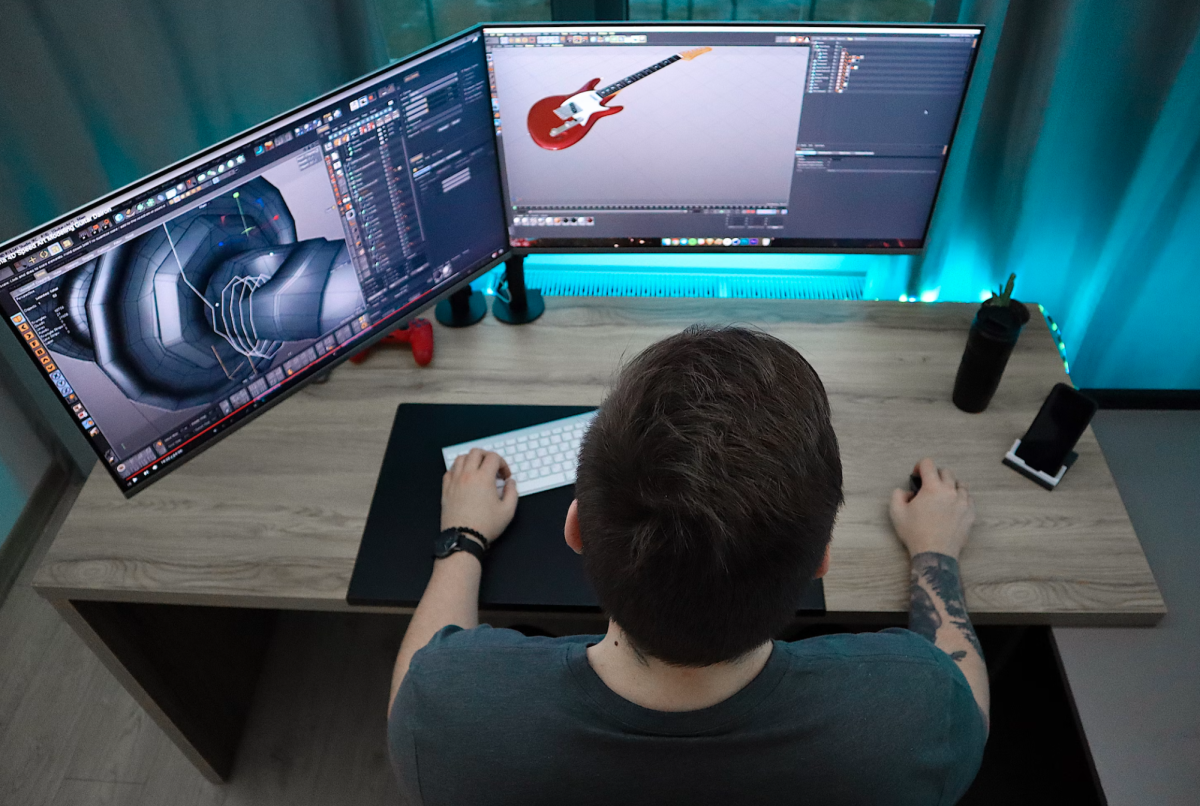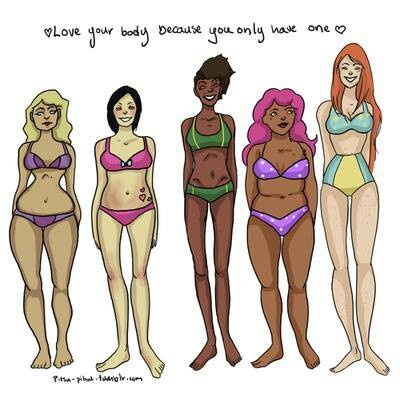More than half of girls and a third of boys as young as six think that they need to be thinner, and about a quarter of children as young as seven have engaged in some sort of dieting behavior, according to a 2015 report by Common Sense Media, a nonprofit advocacy group that monitors children’s media. This behavior is due to society’s belief that if one has a perfect physical body, they will be more desirable and better treated.
This “body-focused” society has had severe, detrimental effects on the teens of my generation. Now halfway through my high school experience, I have noticed many girls saying “I’m too fat,” “I’m too ugly” or simply not eating anything. Society needs to provide positive role models for young teens, encourage them embrace their differences, both in personality and physical appearance, and see the beauty and the uniqueness in bodies of all sizes.
The beauty ideal in American culture is to be thin. Anyone who is familiar with Western culture knows that many of these beauty standards are established and perpetuated by the media’s focus on beauty. These days, media and a self-depreciating body image have become practically inseparable.
As technology becomes more advanced in the 21st century, people are exposed more often to mass media’s constant body-shaming of women. Advertising, in particular, has caused teen girls to question their appearance and lose confidence with their bodies by constantly bombarding them with models who have perceived “ideal” body. Americans spend 250 billion hours watching television every year. In addition, the average child watches 20,000 commercials every year, according to the California State University at Northridge.
This is just television alone. It is important to remember the impact of social media, popular magazines, particularly women’s and teen’s magazines that are brimming with ads that portray an unrealistic body type. Women in ads to not represent the average American woman. The average female fashion model wears a size 2 or 4, while the average American woman wears a size 12 to 14. In addition, photos of models in ads are “touched up” to disguise minor flaws and make the model appear skinnier. These pictures do not represent what women actually look like. Teen girls are now pushed to believe that they will only be pretty if they are skinny, have perfect hair, a thigh gap, a six-pack, big breasts and big butt like the models in they see in the media.
Abby Ridge-Anderson, a Clinical Psychology Extern at the Children’s National Medical Center‘s Eating Disorder Clinic, said that high school is a time where most girls struggle with their body image. She added that as teen girls discover who they are, they are heavily influenced by a society that promotes thinness. This self-deprecating body image often leads to significant physical and emotional consequences that are hard to reverse.
Bad body image can create serious physical impacts on a girl. Pressured to have the perfect body, girls become sexualized much earlier in the 2000s than they were thirty years ago.They start engaging in extreme exercise regimens and even eating disorder behavior, such as purging and restrictive eating.
Eating disorders’ cycle of self-starvation denies the body important nutrients and vitamins that it feeds to function, and in the process of conserving energy, the body slowly shuts down. As a result, many teens develop the following detrimental and mostly long-term symptoms:
- Abnormal slow heart rate and low blood pressure because of a loss of heart muscle. This significantly increases the risk for heart failure.
- Loss of bone density (osteoporosis) and muscle
- For girls, abnormal and complete loss of menstruation because the body does not have enough energy to produce the necessary hormones for reproduction.
- Severe sensitivity to the cold
- Fainting, fatigue, weakness
- Dry hair and skin; hair loss is common.
While physical consequences are very detrimental, one cannot forget the undeniable emotional toll. Girls with bad body images begin to hate their bodies and eventually themselves. Adolescents with shape/weight worries have significantly higher levels of depression, anxiety, and suicidality than others with no body image preoccupations, according to a 2006 study by researchers at Bradley Hospital, Butler Hospital, and Brown Medical School.
Lead author, Jennifer Dyl, Ph.D., with Bradley Hospital and Brown Medical School, reiterated the detrimental emotional consequences that come from bad body images to ScienceDaily. “These findings underscore just how central feelings about one’s appearance tend to be in the world of teenagers and how impairing these concerns can be,” says Dyl.
That being said, many people in my community believe that society should encourage girls to become skinny. They think that by looking like a model, you are not only more “physically desirable” but healthier too. This view is completely inaccurate. It is important to understand that each body is different. Even if two people ate and exercised the same amount, their bodies would not look the same by the end of the year because of genetic factors, and therefore one cannot generalize what it is meant to be healthy.
People need to stop focusing on their body’s appearance and rather on their bodies’ health. But how do you determine your healthy and ideal body weight? “Your “ideal” body weight is the weight that allows you to feel strong and energetic and lets you lead a healthy, normal life.” according to the National Eating Disorders Association.
You need to listen to your body and its needs. Eat when you are hungry and stop when you are full. Focus on eating balanced meals with all the food groups (fruits and vegetables, protein, carbohydrates, dairy) while also participating in regular physical activity to achieve a balanced lifestyle.
Most importantly, stop comparing your body to your friends’ or the people you see on social media and in advertisements. Try to remember that everyone is naturally different. Lastly, try to refrain from judging people by only their physical appearance instead of respecting them for their accomplishments and moral attributes.
It is normal to occasionally feel less satisfied with yourself. But if you often have a hard time recognizing your value or worth, don’t worry; try to reach out to a therapist or teen support groups for some extra support.
Take a Self-Esteem Test:
| strongly agree | agree | disagree | strongly disagree | |
| On the whole, I am satisfied with myself. | 3pt | 2pt | 1pt | 0pt |
| At times, I think I am no good at all. | 0pt | 1pt | 2pt | 3pt |
| I feel that I have a number of good qualities. | 3pt | 2pt | 1pt | 0pt |
| I am able to do things as well as most other people. | 3pt | 2pt | 1pt | 0pt |
| I feel I do not have much to be proud of. | 0pt | 1pt | 2pt | 3pt |
| I certainly feel useless at times. | 0pt | 1pt | 2pt | 3pt |
| I feel that I’m a person of worth, at least on an equal plane with others. | 3pt | 2pt | 1pt | 0pt |
| I wish I could have more respect for myself. | 0pt | 1pt | 2pt | 3pt |
| All in all, I tend to feel that I am a failure. | 0pt | 1pt | 2pt | 3pt |
| I take a positive attitude toward myself. | 3pt | 2pt | 1pt | 0pt |
Add up the number of points in each response you circled. The higher the number, the higher your self-esteem. There is a minimum score of zero (very low self-esteem) and a maximum score of 30 (very healthy self-esteem).
By Marianna Ioannou































































